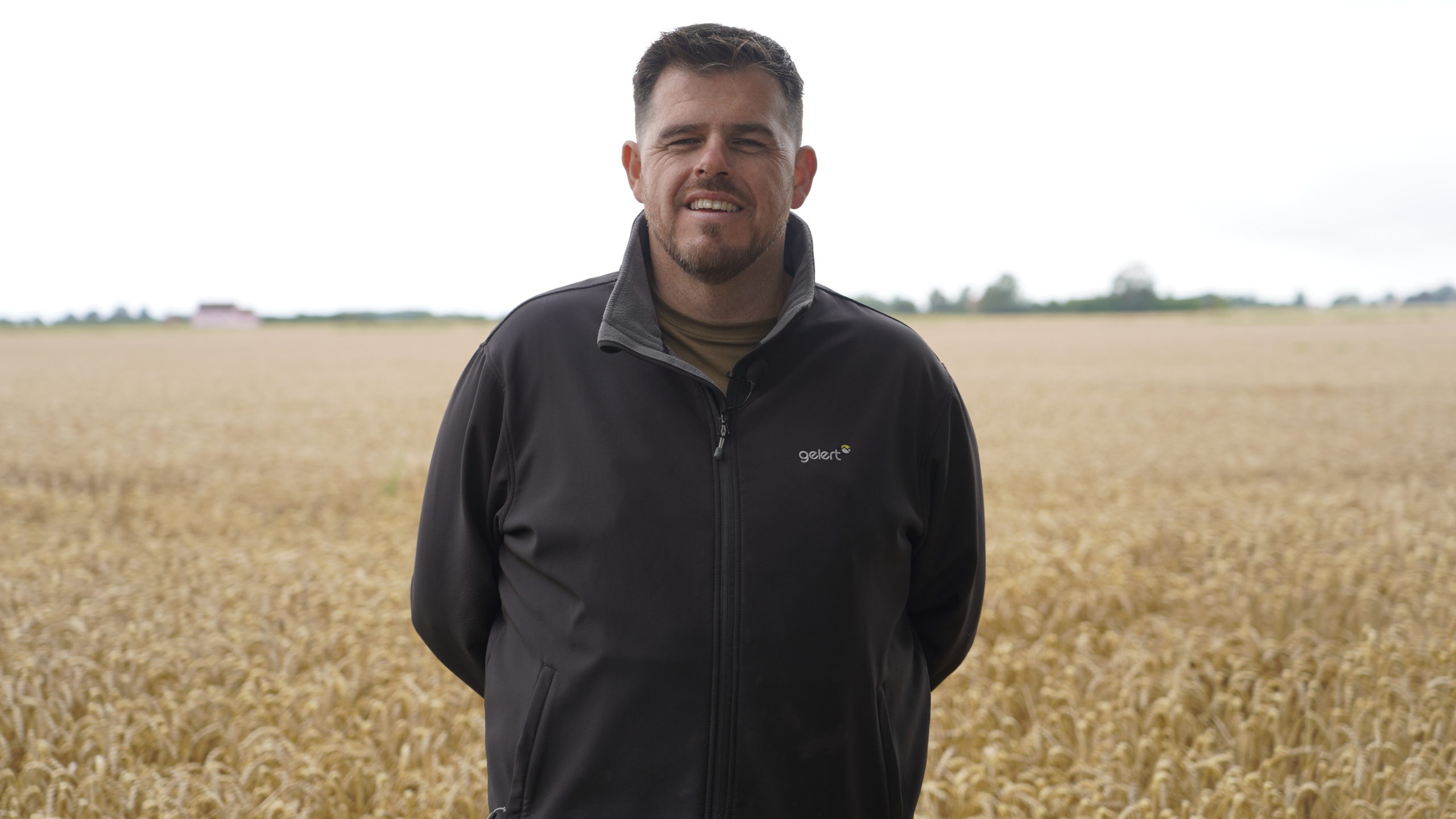Across the country autumn 2024 provided good conditions for getting on top of grassweeds and many growers have seen populations decline. With a legacy of weed seeds in the soil profile, however, maintaining the focus will be key to continued control.
“Those farmers who got good control last year are, for the first time in many years, facing a season where they could lower the number of viable seeds in the seedbank from previous years.
“It’s important to build on this opportunity by using all the tools at our disposal, from delayed drilling and stale seedbeds, to using the best chemistry at the optimum timing,” advises Aliona Jones, BASF Agronomy Manager.
Lincolnshire
Aliona works closely with Daniel King at Pasture Hill Farm in Lincolnshire where black-grass has been the number one weed for decades.
“Spring cropping, delayed drilling and robust herbicide programmes have been part of Daniel’s strategy for a while now and have slowly helped reduce the pressure,” explains Aliona.
“However, it’s been the introduction of Luximo that has tipped the scales.”
Daniel has used Luximo®, since its launch and this year has no black-grass in any of the wheat crops treated with the herbicide.
“On a farm that grows black-grass, that’s huge,” Daniel says.
Heading into autumn 2025, Aliona says Daniel is determined to keep the pressure on black-grass and prevent a resurgence.
“He is not alone,” says Aliona. “It’s been reassuring to hear a step-change within the industry. Increasingly I’m now asked about ‘how’ and ‘when’ to use Luximo, rather than if populations warrant it. There’s clearly a desire to deploy the best chemistry this year, whether that is about taking advantage where control has been good, or, regaining control where it hasn’t.”
Norfolk
Grower, David Hurn, recently described how he was lulled into a false sense of security last year on a field with historically very low levels of black-grass.
“We’d an area coming out of peas and needed to test a new drill before the season got underway,” he explains. “Given its past and the timing, I chose to apply flufenacet + pendimethalin and diflufenican, rather than Luximo which was applied elsewhere. Disappointingly, that field had a smattering of black-grass, unlike the rest of the acreage where control has been very good. Going forward, we will just use Luximo across the board.”
For Aliona, David’s experience demonstrates the importance of holding the line.
“It’s logical to want to scale back herbicide programmes on fields which are currently clean,” she admits. “However, it’s not just about this year’s black-grass population. There is often a legacy from previous years and, with black-grass seed viable for up to five years, fields that are now seemingly free from black-grass can rapidly get out of control if we don’t keep the pressure up.”
Nottinghamshire
It’s a sentiment that strikes a chord with East Midlands grower, Rob Barlow, who has been battling resistant ryegrass and black-grass in fields acquired six years ago.
Back in autumn 2022, BASF agronomy manager, Colin Mountford-Smith, hosted a trial on the farm, which revealed the extent of the challenge. In spring 2023 the untreated plot contained over 670 ryegrass heads/m2.
Today, that number is coming down thanks to judicious use of IPM measures and a robust herbicide programme.
“This year, for the first time, we were able to hand-rogue 80% of the farm,” says Rob. “The plants that were pulled were largely the result of a spring flush of grassweeds that emerged well after the active window of the residual chemistry applied at pre-emergence.”
Alongside cultural controls like spring cropping and delayed drilling, Rob and his team tease every percentage of efficacy from the herbicide programme.
“Luximo offers really good efficacy but if we can take it from 95% up to 98% control, we will,” he says.
“Using higher water volumes to enhance soil surface coverage worked well for us last year and is something we are planning to repeat.
“Timing is also really important. We had a crop that was sown at the very end of last year. Given that the grassweeds were unlikely to chit over the winter, we decided to wait and apply Luximo in February at peri-emergence. Control was good, but not as good as we are used to. That experience has reinforced our thinking that pre-emergence is best.”
Looking ahead, Rob can’t see his zero-tolerance approach changing, even when populations come down.
“We simply can’t afford to ease the pressure on grassweeds,” he says.

